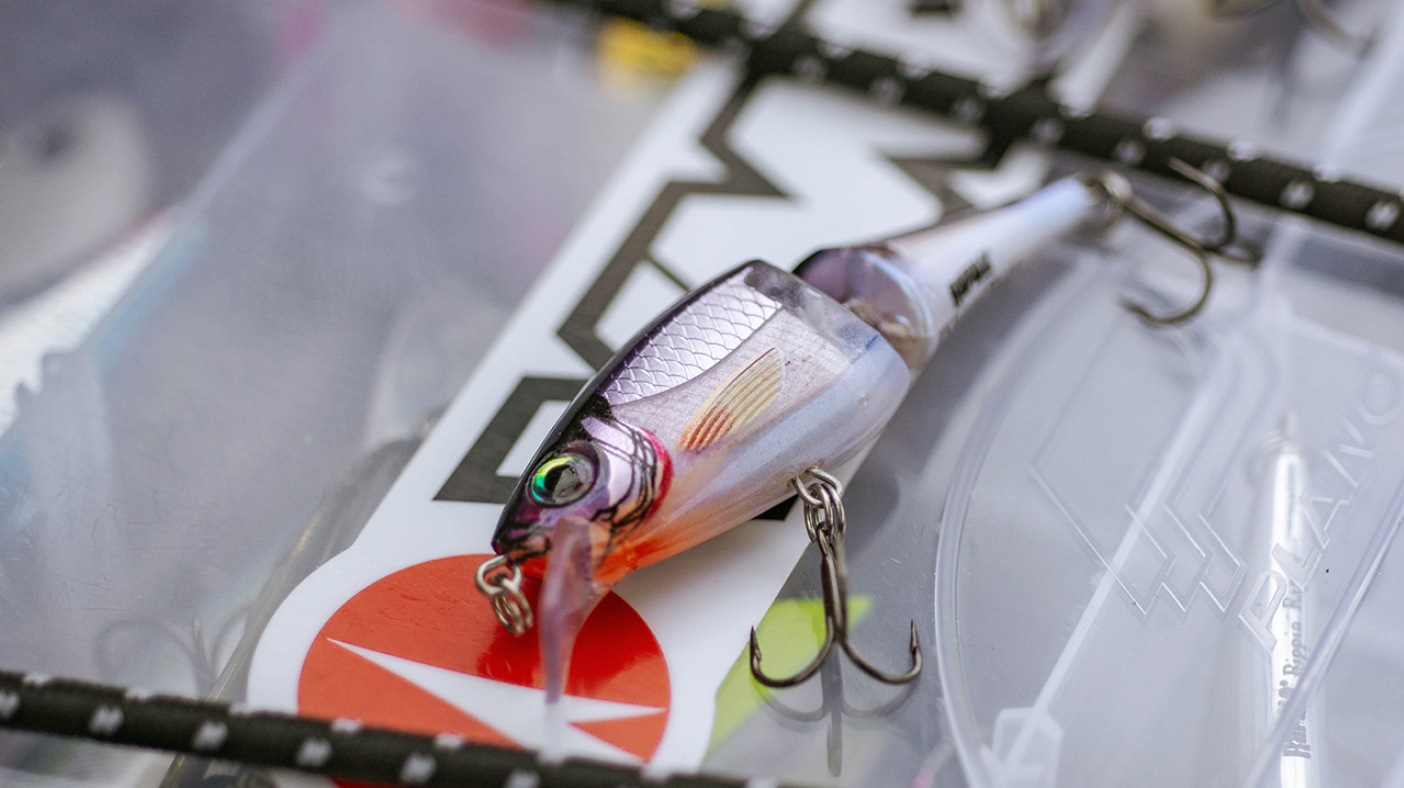Columbia PFG: the ultimate summer fishing clothing
Fishing | April 17, 2025
SAIL
June 23, 2022

Are you a beginner or intermediate angler and feeling a little lost in the fishing lure department of your favourite outdoor store? Here are the 10 main lures you should know. For each of them, we’ll tell you their characteristics as well as the type of fish and water you can use them for. Follow along!
In this article, you will discover the most popular fishing lures, classified into three main categories: